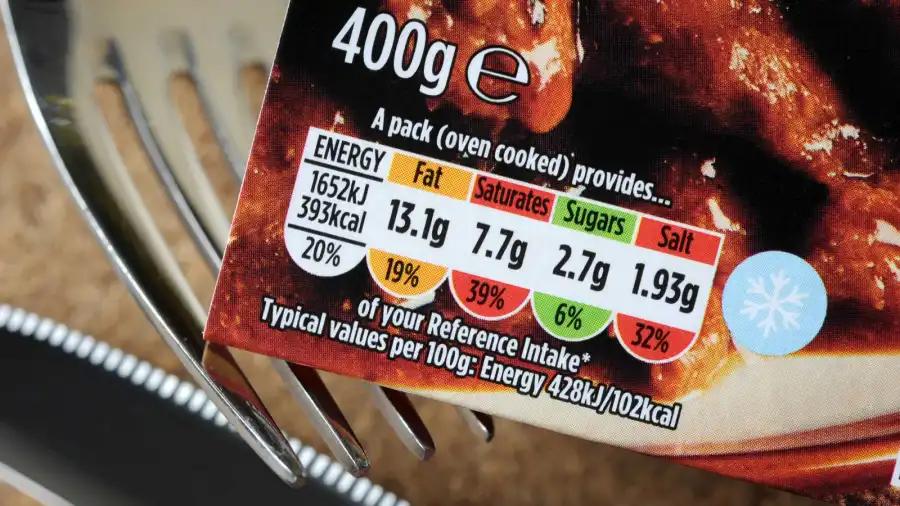Nutrition facts
Some nations like the UK use red, amber, and green colour codes to express how healthy a processed food is in terms of fat, saturates, sugars and salt.
For example, a processed meal might have 7.7g of saturated fat and be labelled red. It may also show a percentage like 39%. The amount is calculated using the "Reference intake", which is the maximum recommended intake amount for an adult woman who does an average amount of physical activity.
33
154 reads
CURATED FROM
IDEAS CURATED BY
The idea is part of this collection:
Learn more about health with this collection
How to overcome unwanted thoughts
How to manage intrusive thoughts
How to change your attitude towards intrusive thoughts
Related collections
Read & Learn
20x Faster
without
deepstash
with
deepstash
with
deepstash
Personalized microlearning
—
100+ Learning Journeys
—
Access to 200,000+ ideas
—
Access to the mobile app
—
Unlimited idea saving
—
—
Unlimited history
—
—
Unlimited listening to ideas
—
—
Downloading & offline access
—
—
Supercharge your mind with one idea per day
Enter your email and spend 1 minute every day to learn something new.
I agree to receive email updates
